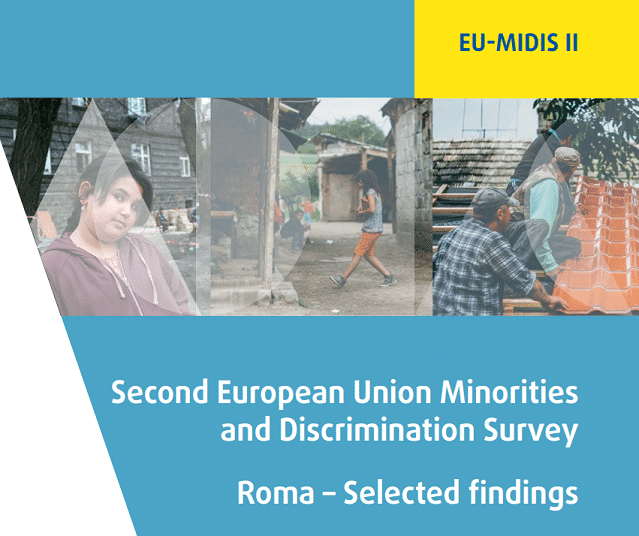
The COVID-19 pandemic has put Roma people at risk of severe health consequences. On 8 April, International Roma Day, we share the main challenges experienced by the oldest members of the community and some initiatives put in place to help them cope with the virus.
Living conditions impact Roma’s health

The deprived and remote areas in which they live also make it more difficult to access basic goods or services:
“With the latest set of measures introduced by the state, elderly people are not allowed to leave their home, except from 05:00 to 11:00 daily. As many elderly Roma live far away from the next pharmacy or medical institutions, they are left vulnerable and in a soon to develop critical situation.”
Regional Roma Educational Youth Association, Coalition of Roma CSOs Khetane
Health inequalities, life expectancy gap and discrimination
Dire living condition impact Roma’s health. The Roma community is subject to a higher vulnerability to chronic and non-communicable diseases with a significant shorter life expectancy.
“Roma living in segregated and overcrowded settlements and camps, often located in close proximity to toxic dumps, or on remote sites without basic infrastructure. [These] conditions weaken immune systems in young and old.”
Open letter to EU Commissioner Dalli
On average, Roma people have between 5 to 20-year shorter life expectancy compared to other groups. 55% of Roma women aged 50+ are in bad health compared to 29% of non‐Roma women.
On top of a great vulnerability to the pandemic, Roma communities are stigmatised and experience antigypsysm in several regions of Eastern Europe and the Balkans: Roma people are subjected to stricter restrictions than in other neighbourhoods, i.e. police checkpoints or isolation centres established in their settlements, or being falsely blamed for carrying the virus.
Older Roma in AGE Barometer 2020
AGE will include a special focus on the realities experienced by older Roma in the 2020 edition of its Barometer. The topics covered in the second edition will include: non-discrimination; social inclusion; health and prevention; disability and autonomy; formal and informal long-term care; and elder abuse. The first edition of our annual assessment of the socio-economic situations of older people across the European Union was published in 2019.
To know more about our special focus on older Roma, or to contribute your testimony, please contact Estelle Huchet, Campaign officer, estelle.huchet@age-platform.eu
To know more about COVID-19 and older persons, visit our dedicated page: COVID-19
The above article was prepared thanks to the precious resources of ERGO – the European Roma Grassroots Organisations network and EPHA – the European Public Health Alliance:
- ERGO COVID-19 webpage
- EPHA Roma Health webpage
- Open joint letter to EU Commissioner Dalli, 27 March 2020
- Response of EU Commissioner Dalli, 1 April 2020
Earlier work of AGE on older Roma people:






